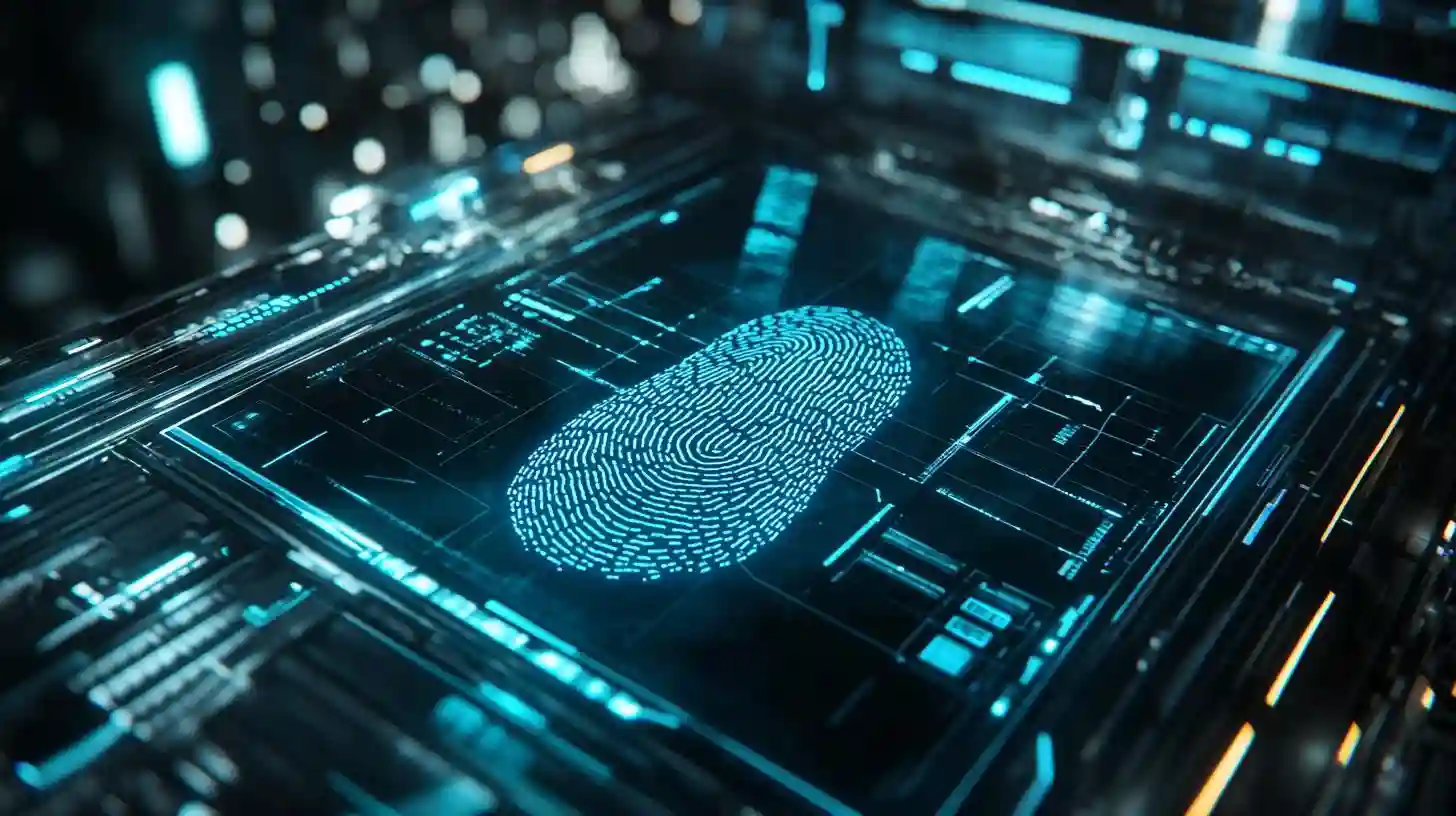
Fingerprints have long intrigued humans, serving as a unique identifier for individuals throughout history. From their use in ancient Babylonian clay tablets to contemporary crime scene investigations, fingerprints have evolved into vital tools in various fields, particularly in forensic science. Understanding their structure, function, and significance can illuminate their role in modern society.
At the core of a fingerprint’s uniqueness lies its intricate patterns formed during fetal development. Factors such as genetics and the physical environment influence the specific formations of ridges and furrows on fingers. These patterns fall into three primary categories: loops, whorls, and arches. Each individual's fingerprint is not only unique but also remains unchanged throughout a person's life, making it an ideal marker for identification. This permanence is crucial for applications involving personal security, criminal justice, and biometric screening.
In forensic science, the examination of fingerprints plays a pivotal role in crime scene investigation. Investigators can lift latent fingerprints from surfaces and compare them to known samples in databases. This comparison can link suspects to criminal activity, corroborate witness statements, or even exonerate individuals wrongfully accused. The reliability and accuracy of fingerprint analysis hinge on the principles of individuality and permanence, two characteristics that form the basis for much of modern forensic techniques.
The method of identifying fingerprints relies on a few primary techniques, including comparison and matching. Forensic experts analyze the minutiae points, which are the small details within the ridge patterns, including ridge endings, bifurcations, and dots. By comparing these minutiae points in a suspect’s fingerprint to those found at a crime scene, experts can determine a match. However, this process also comes with its challenges; errors can occur, leading to wrongful convictions or missed identifications. Continuous advancements in forensic technology strive to mitigate these risks by enhancing analysis methods and incorporating software each capable of analyzing millions of fingerprints with exceptional accuracy.
Beyond criminal justice, the use of fingerprints translates into numerous security applications. Biometric systems, such as those found in smartphones, laptops, and access control systems, utilize fingerprint recognition to enhance personal security. Users authenticate their identity through a simple scan of their finger, providing a fast and secure method of access. These systems leverage the unique qualities of fingerprints, making them an effective alternative to passwords or PIN numbers. The convenience of biometric systems has led to widespread adoption in various settings, including banks, airports, and governmental institutions.
The intricate nature of fingerprints also means that they are not just useful for identification but can serve other scientific purposes. Researchers in various fields study the role of fingerprints in health indicators and disease susceptibility. Some studies suggest that certain patterns may correlate with genetic predispositions to specific health conditions. This research could pave the way for using fingerprint patterns as a diagnostic tool, offering insights into an individual’s unique biological makeup.
Furthermore, the evolution of technologies presents exciting opportunities for the future of fingerprint analysis. Modern innovations, such as machine learning and artificial intelligence, are beginning to enhance the precision with which fingerprints are analyzed. Advanced algorithms can now benefit from vast databases and pattern recognition software, allowing for quicker and more accurate identifications. These technologies could streamline processes in forensic labs, making them more efficient while also increasing the potential for thorough investigations in law enforcement.
While the importance of fingerprints has been well recognized for centuries, their full potential continues to evolve as technology develops. The security industry, healthcare, and law enforcement are increasingly looking to fingerprints as not merely identifiers but also as tools for enhancing safety and advancing scientific understanding. In an age where digital security breaches and crime are pressing concerns, the unique nature of fingerprints provides a reliable foundation for both individual security and societal protection.
In a world that is constantly striving for better methods of identification and validation, fingerprints stand as a testament to the intersection of biology and technology. Their irreplaceable role in modern science emphasizes the continued relevance of this age-old identification method and hints at further advancements that may shape the future of forensic science and security.